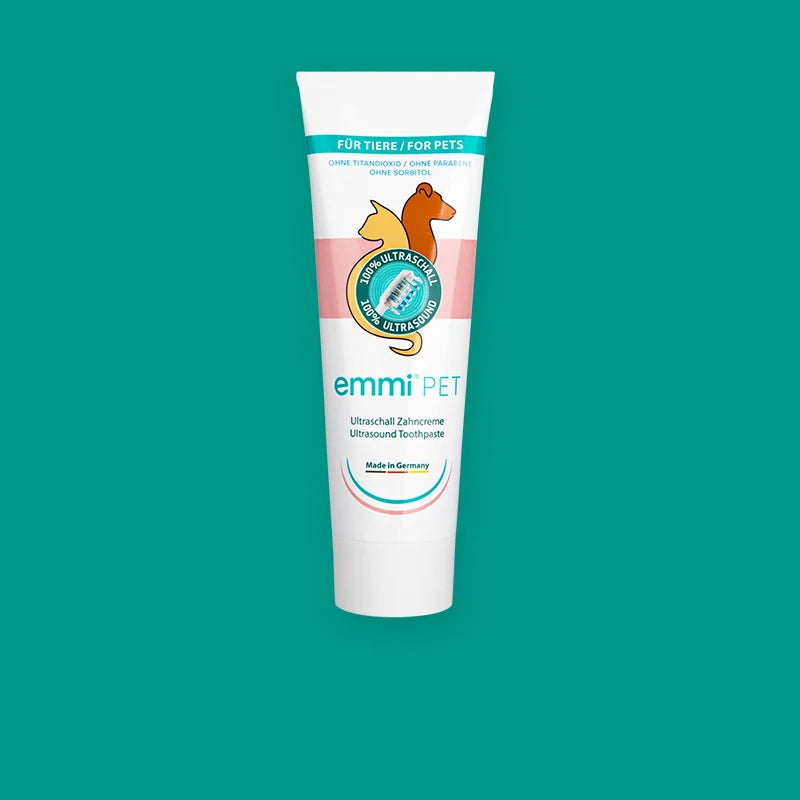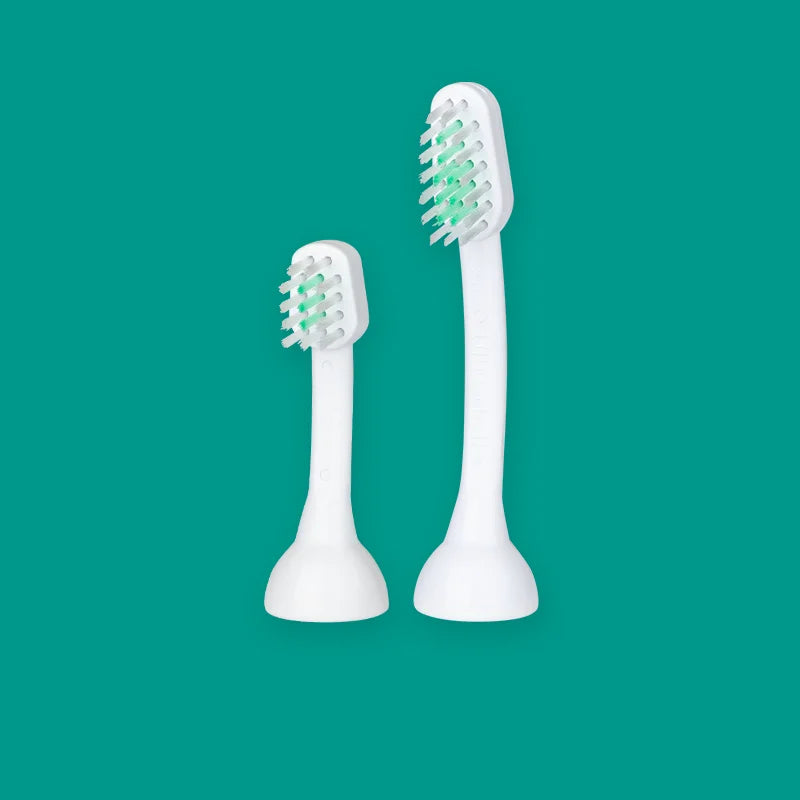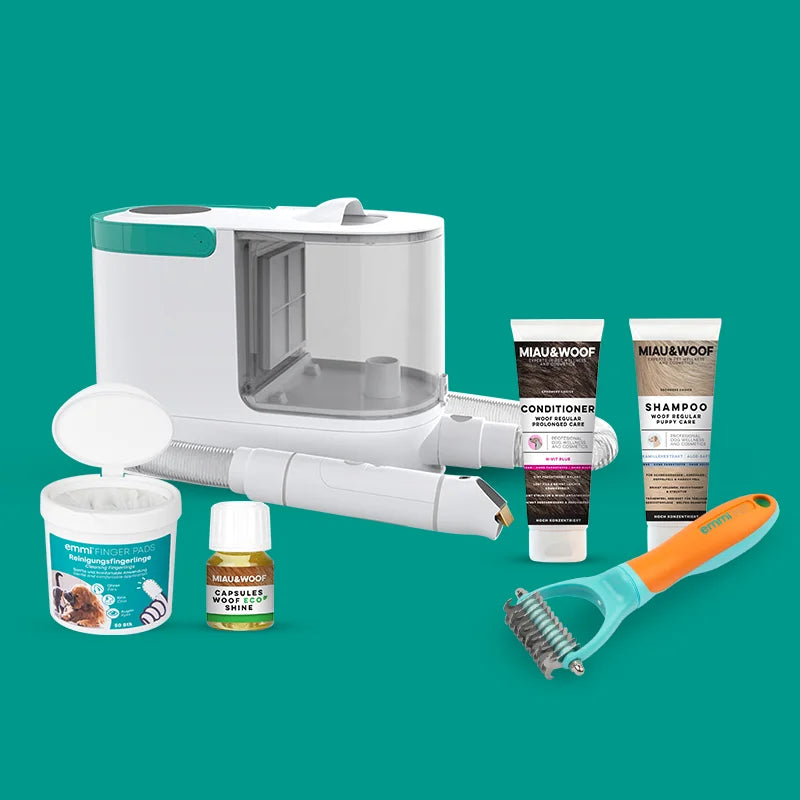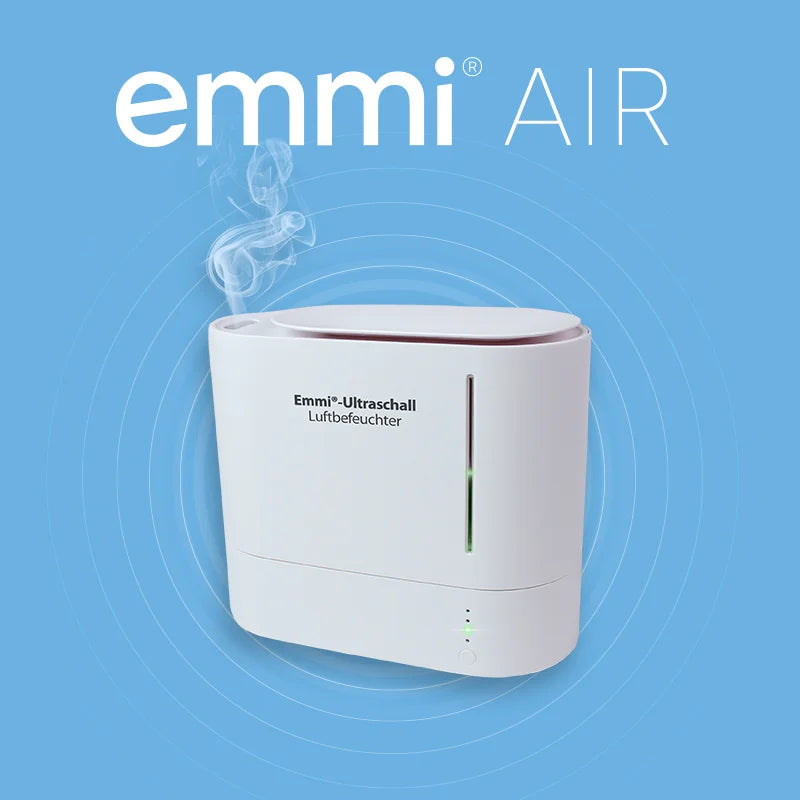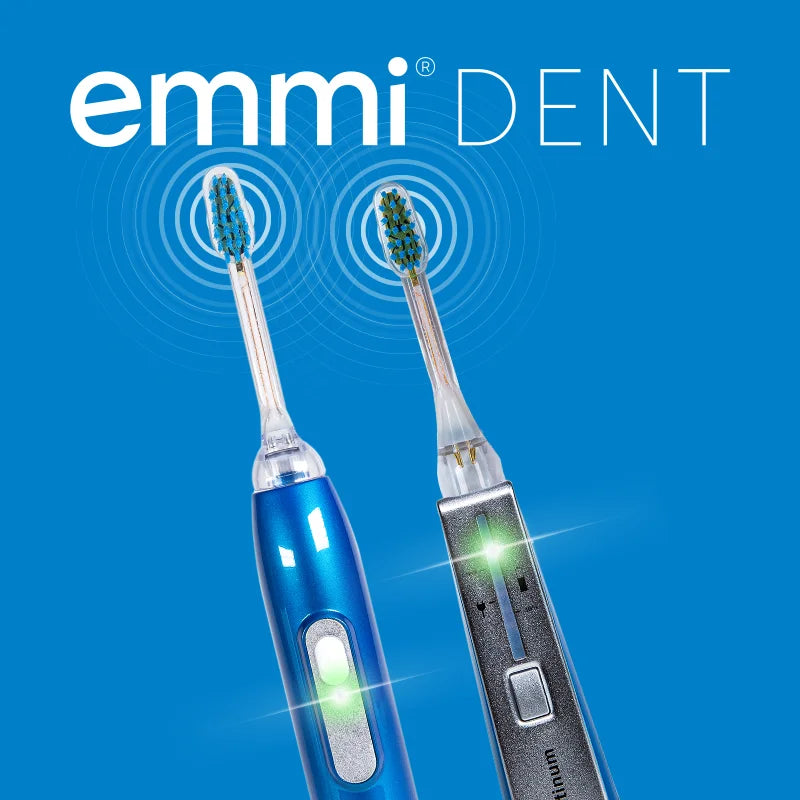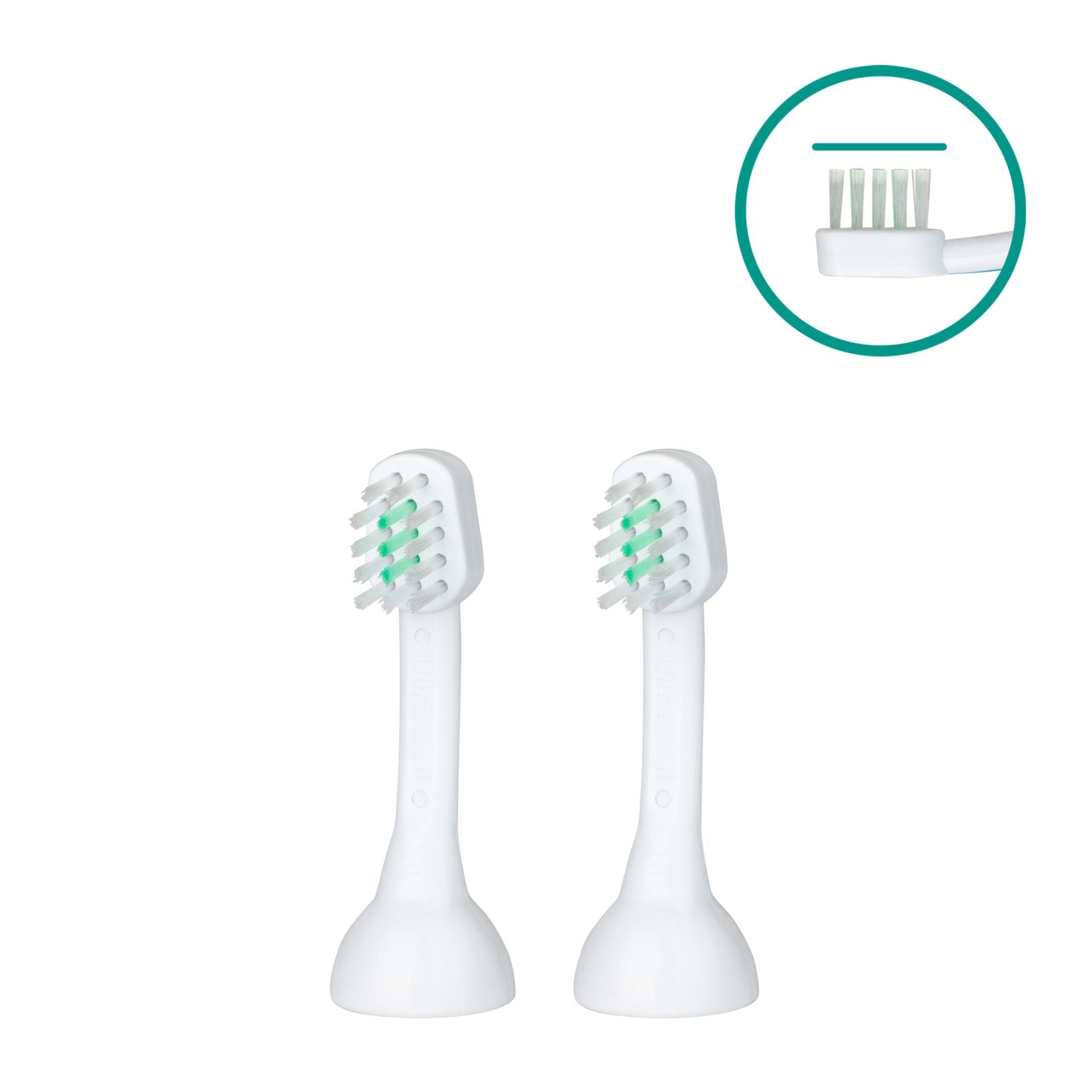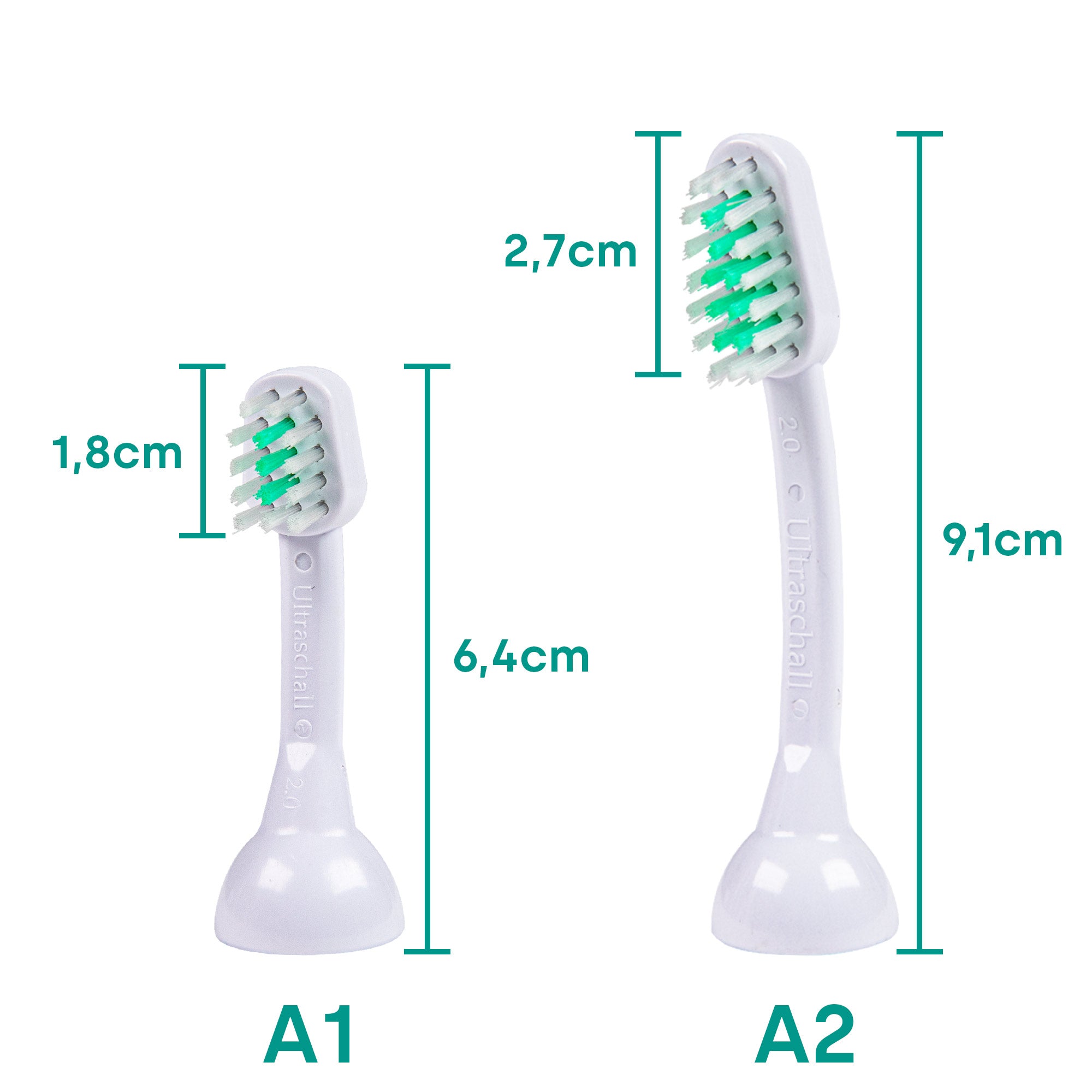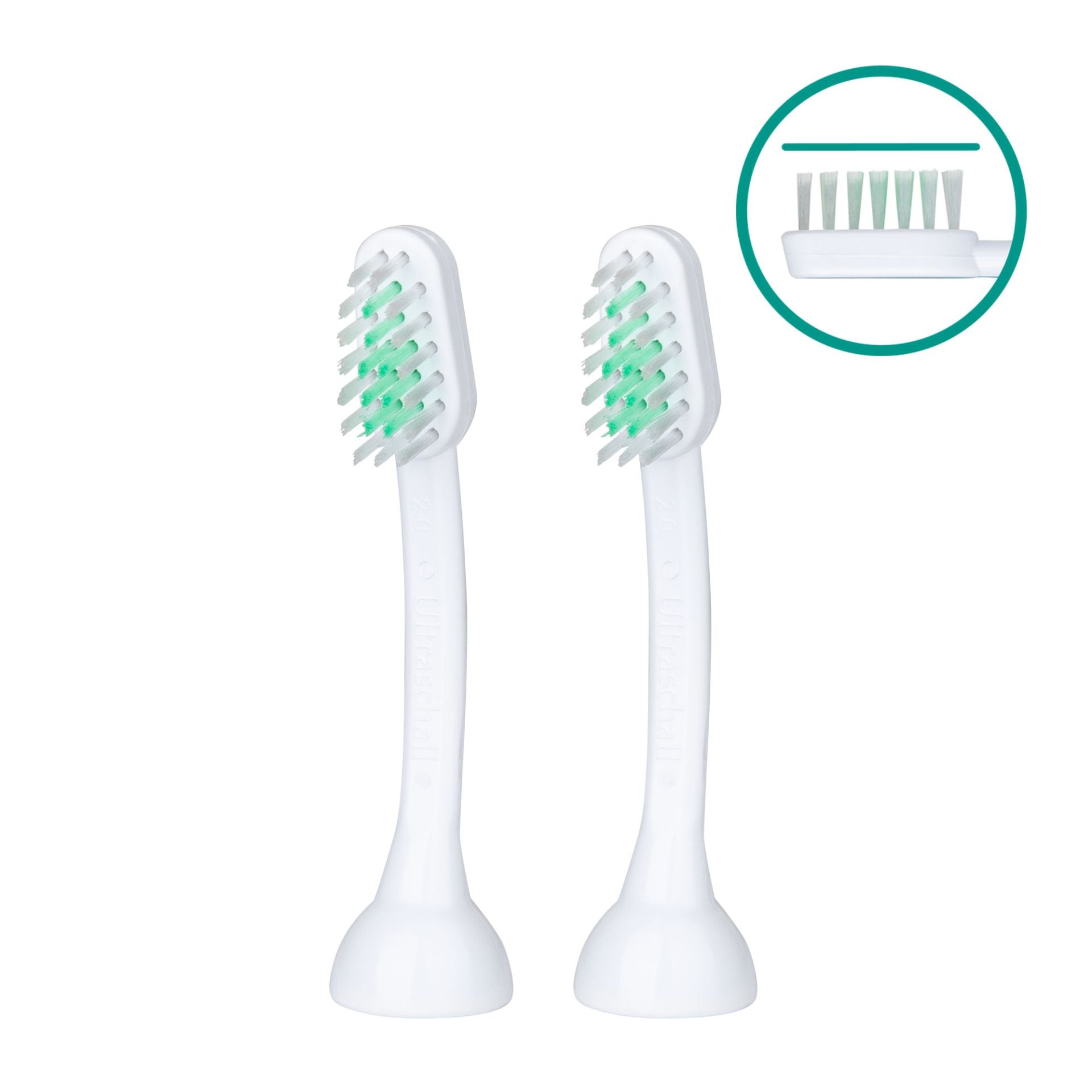Filters
3 products
Frequently Asked Questions
Why is dental care important for dogs?
Why is dental care important for dogs?
Dental problems are common in dogs and can lead to serious health problems if not treated promptly. Uncared-for teeth can lead to gingivitis , tartar buildup , and, in severe cases, tooth loss. Furthermore, bacteria from the mouth can enter the bloodstream and damage vital organs such as the heart and kidneys.
What are the most common dental problems in dogs?
What are the most common dental problems in dogs?
Basically, these are the most common dental problems in pets:
Tartar : Hardened deposits on the teeth that are difficult to remove without professional cleaning.
Gingivitis : Redness and swelling of the gums, often a precursor to more serious dental problems.
Bad breath : Often a sign of an excessive accumulation of bacteria in the mouth.
How often should I change the brush heads on my dog's toothbrush?
How often should I change the brush heads on my dog's toothbrush?
We recommend changing your brush every three months. Daily use of your toothbrush can cause bacteria, plaque, and other contaminants to accumulate on the brush head.
For which dogs is the ultrasonic toothbrush suitable?
For which dogs is the ultrasonic toothbrush suitable?
The emmi-pet ultrasonic toothbrush is suitable for dogs of all ages and breeds. Whether small or large, young or old, thanks to its two brush heads, it adapts to every dog's teeth.
Small dog breeds weighing between 4 and 8 kg should opt for the small brush head. Larger brush heads are suitable for dogs weighing 10 kg and over.
How often should the emmi-pet ultrasonic toothbrush be used?
How often should the emmi-pet ultrasonic toothbrush be used?
The frequency of using emmi-pet to remove plaque depends on the condition of the dog's gums and teeth. If the ultrasonic toothbrush is used daily, only parts of the dog's teeth can be scanned, as tartar builds up particularly quickly on the canines. For a weekly treatment, we recommend cleaning the entire dentition. The frequency of use also depends on the breed. For example, the teeth of smaller dog breeds generally need to be brushed more frequently. The focus should be on specific problem areas such as the incisors or molars.
If you have any specific questions, you can also contact us using our contact form . We're happy to answer any questions you may have!
How do I get my dog used to the ultrasonic toothbrush?
How do I get my dog used to the ultrasonic toothbrush?
In principle, getting used to it is easy, as the emmi-pet dog toothbrush works with ultrasound, making it completely silent and non-vibrating. With a little practice and enough play sessions, dental care through positive conditioning works quickly and effectively for most dogs. However, you should be patient with your four-legged friend at the beginning. When using it, the emmi-pet dog toothbrush is placed on a tooth for six to ten seconds before changing position. Our four-legged friends quickly get used to the process and even notice that it's good for them.
Note: If dental cleaning doesn't work as hoped, it's often because the pet has already developed a painful gum disease such as periodontitis, and touching it causes pain. In this case, your veterinarian should be consulted.
What are the advantages of the emmi-pet ultrasonic toothbrush?
What are the advantages of the emmi-pet ultrasonic toothbrush?
The emmi-pet ultrasonic toothbrush offers a gentle and effective solution for dog dental care. With 96 million ultrasonic vibrations per minute, the emmi-pet toothbrush cleans your dog's teeth without audible sound or vibration, making it particularly pet-friendly. The ultrasound removes biofilm and plaque without the need for mechanical scrubbing. The technology is designed to reduce the number of bacteria in your dog's mouth and minimize the risk of gingivitis. Regular use therefore helps prevent tartar , gingivitis , and bad breath .

